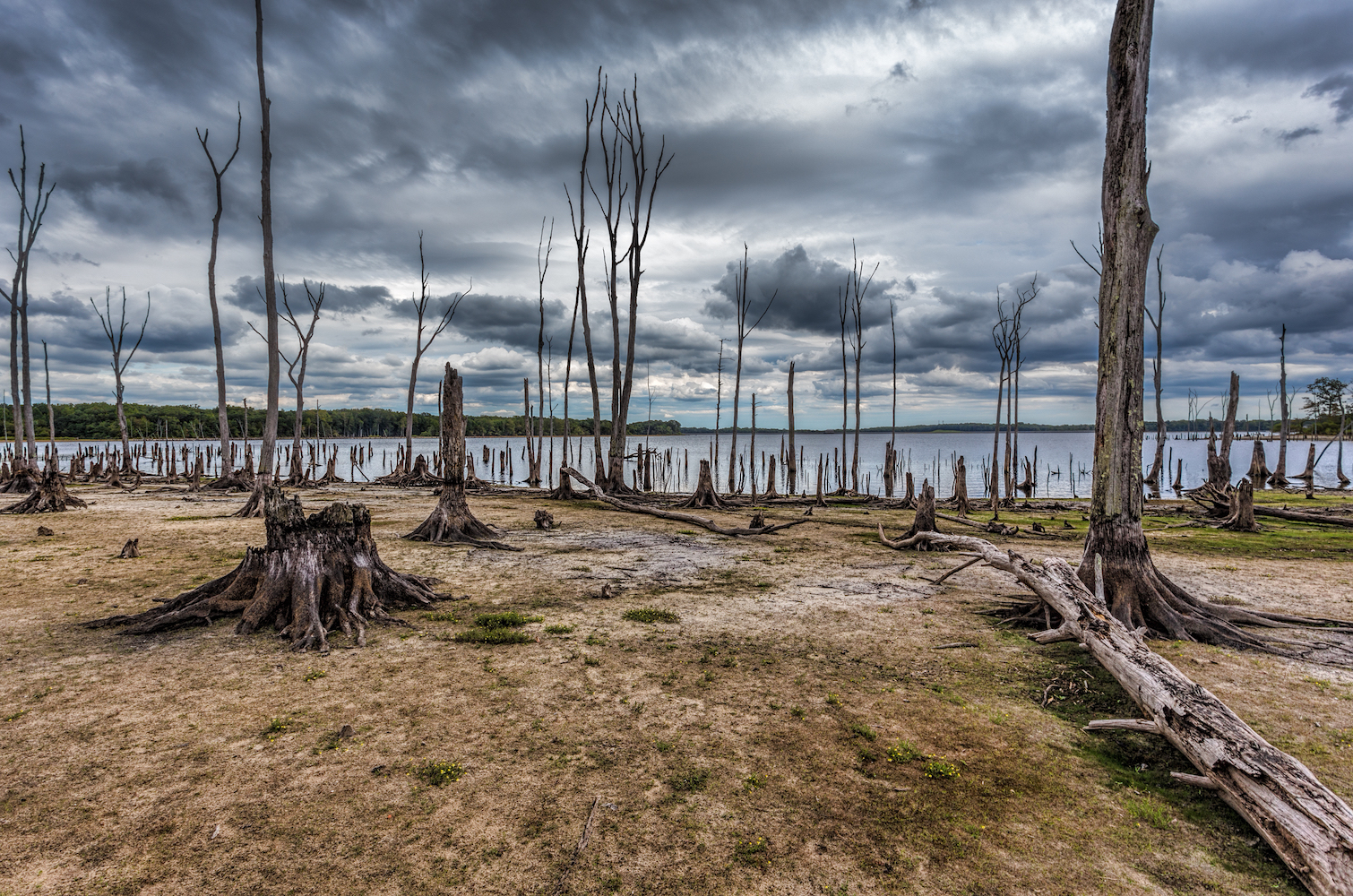
What actually causes trees to die during droughts
Climate change has increased the risk and severity of droughts, with massive droughts now occurring all over the world, some lasting years. Droughts can damage crops, create a hazard zone for wildfires and kill trees and plant life.
Vancouver, British Columbia has recently been blanketed in a foggy gray smog thanks to raging wildfires that have burned almost 3,000 square miles in total. The cause of these fires is still under investigation, but many suspect a link to ongoing drought conditions.
Understanding exactly how droughts impact trees and wildlife and how tree death occurs could help prevent future wildfires and crop failure.
Recently, researchers set out to understand what exactly what causes trees to die during a drought. A collaborative team of researchers, including lead author Henry Adams from Oklahoma State University and 62 other scientists, published their results in the journal Nature Ecology and Evolution.
The team studied and simulated drought conditions and found that tree death was caused by a combination of hydraulic failure and carbon starvation. Carbon starvation occurs when dry trees close their pores, blocking the entry of necessary carbon needed for photosynthesis. Hydraulic failure occurs when the tree becomes unable to move water from its roots to its leaves.
Healthy trees are an important part of the ecosystem as they feed on CO2, and fewer trees due to droughts means more CO2 in the atmosphere and an increase in climate change.
“Droughts are simultaneously happening over large regions of the globe, affecting forests with very different trees. The discovery of how droughts cause mortality in trees, regardless of the type of tree, allows us to make better regional-scale predictions of droughts’ effects on forests,” said the director of the National Science Foundation’s MacroSystems Biology Program, Liz Blood.
Understanding exactly how tree death occurs in times of stress, like a drought, could have a positive impact on prevention and preservation of trees and help counter climate change.
—
By Kay Vandette, Earth.com Staff Writer












